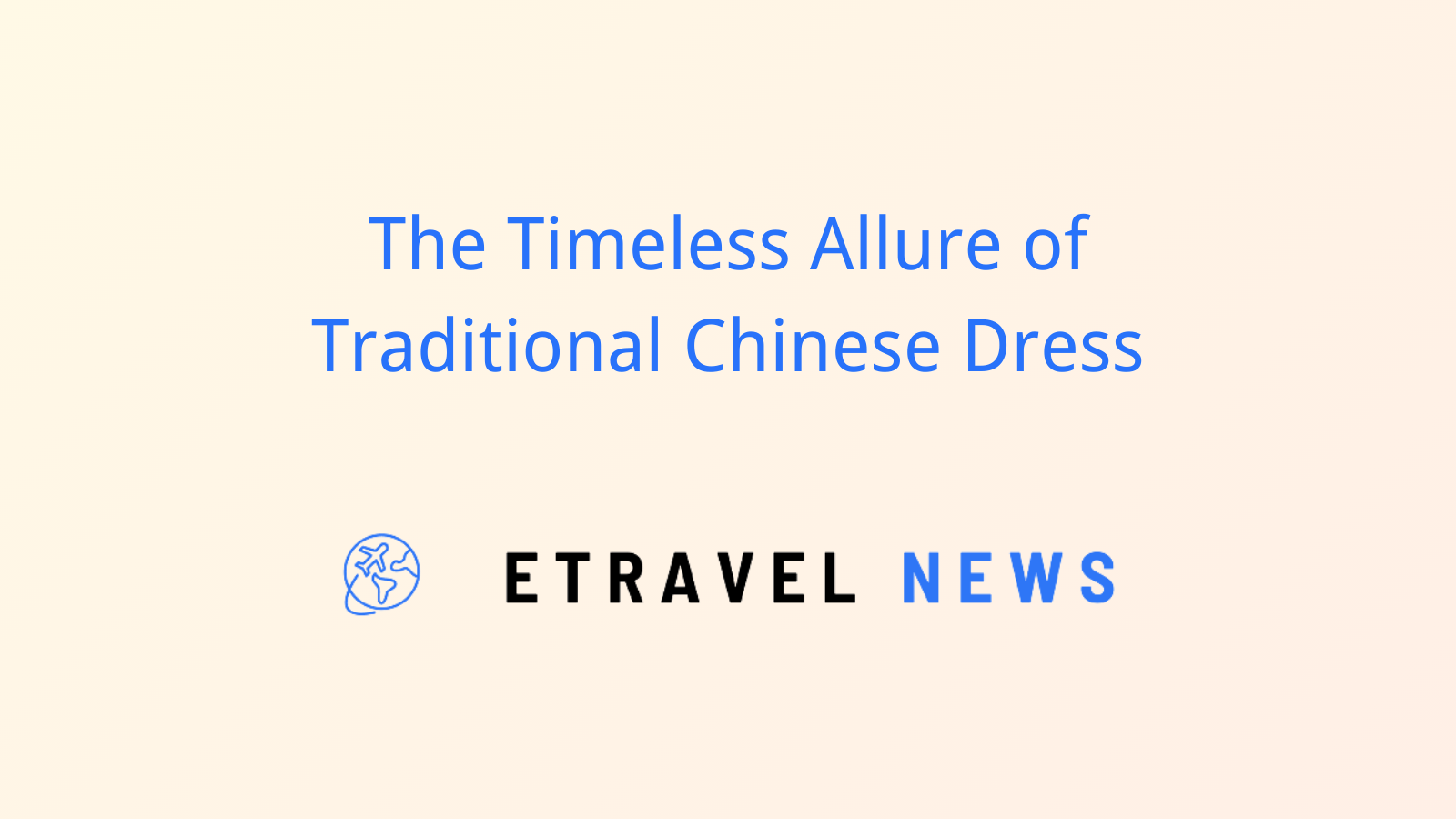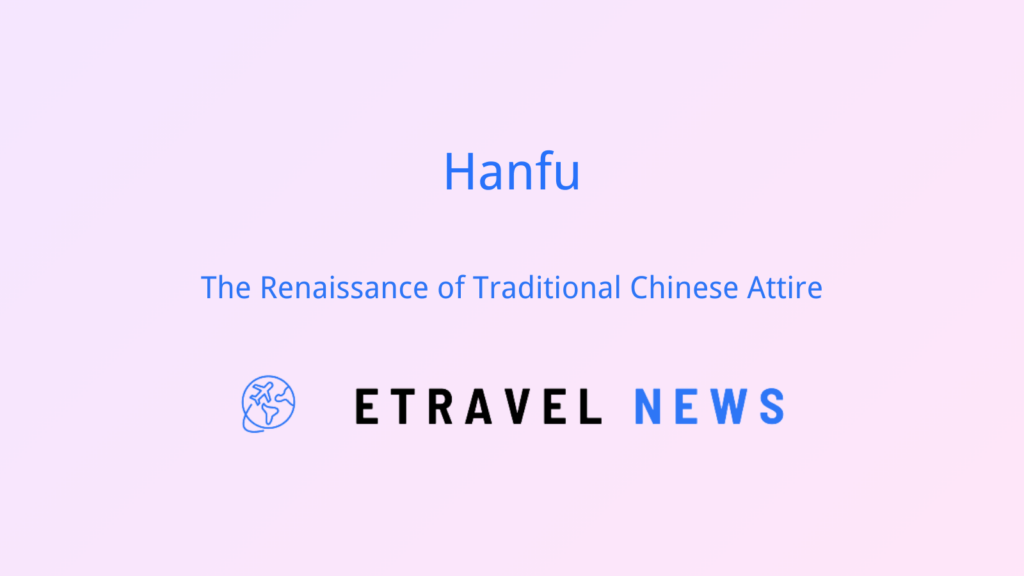Introduction to Traditional Chinese Dress
Chinese clothing, with its rich history spanning millennia, serves as a vibrant tapestry of the nation’s cultural evolution. More than mere fabric and thread, traditional Chinese dress embodies the values, aesthetics, and social structures of each era it represents.
In Chinese culture, clothing has always been more than just a practical necessity. It’s a visual language, communicating social status, cultural identity, and even philosophical ideals. The influence of Confucian principles, with their emphasis on social harmony and hierarchy, is deeply woven into the fabric of Chinese dress codes.
From the imperial courts to the common streets, Chinese dress has always been a reflection of the wearer’s place in society. This intricate relationship between clothing and social order has shaped the development of Chinese fashion throughout history.
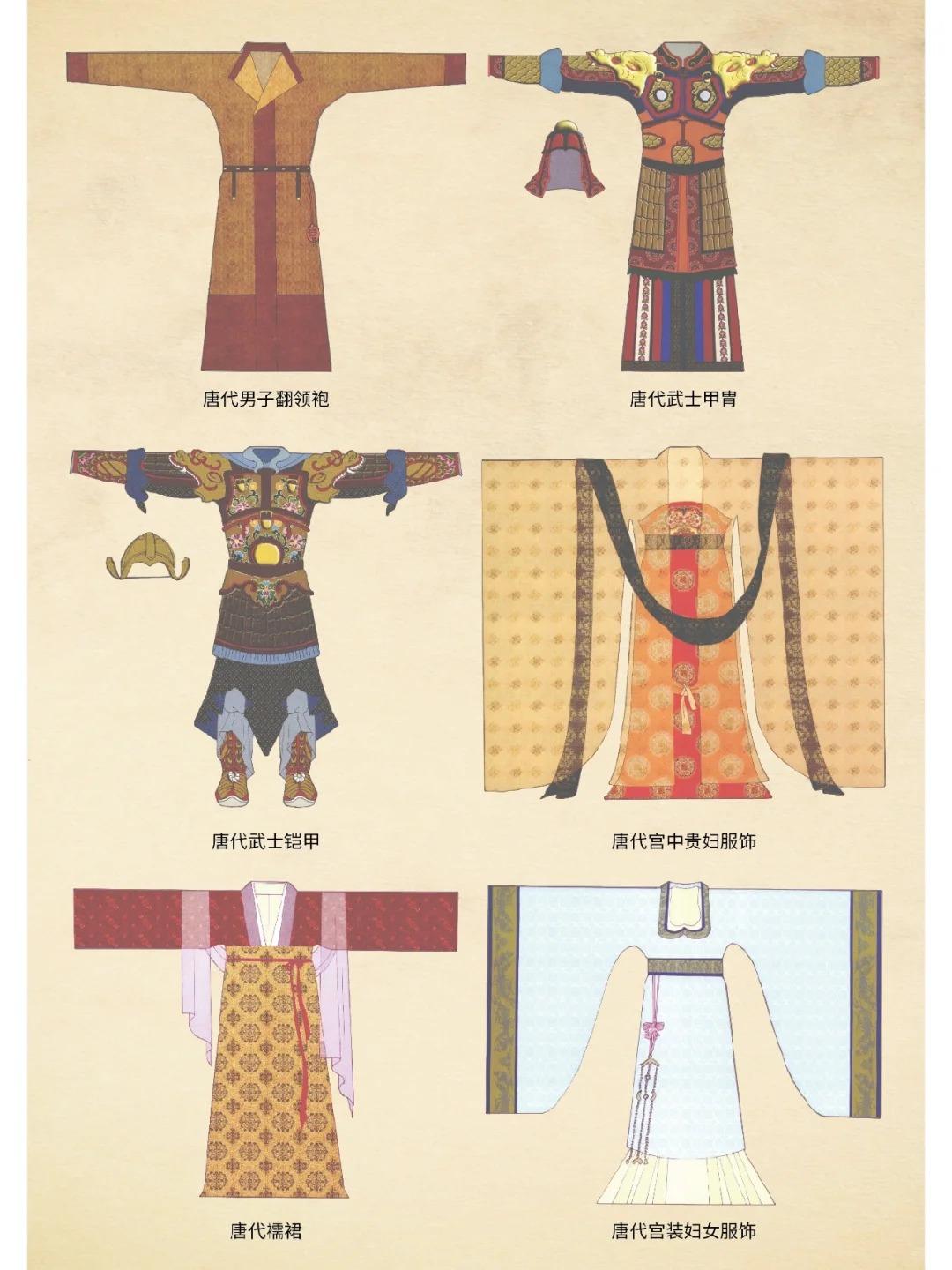
Iconic Traditional Chinese Dresses
Hanfu: The Essence of Han Chinese Culture
Hanfu, the traditional dress of the Han Chinese, is characterized by its flowing robes and wide sleeves. Its basic form consists of a yi (upper garment) and chang (lower garment), often tied with a sash.
Qipao: From Manchu Roots to Global Icon
The qipao, also known as cheongsam, evolved from the changpao of the Manchu people. Originally a loose-fitting garment, it transformed into the form-fitting dress we recognize today during the 1920s and 30s in Shanghai.
Changpao: The Scholar’s Robe
For men, the changpao was a long robe worn by scholars and officials. It typically featured wide sleeves and a high collar, often paired with a scholar’s cap.
Regional and Ethnic Diversity
China’s 56 ethnic groups each have their unique traditional dress, adding vibrant diversity to the nation’s sartorial landscape. From the colorful attire of the Miao to the intricate headdresses of the Tibetans, these dresses reflect the rich cultural tapestry of China.
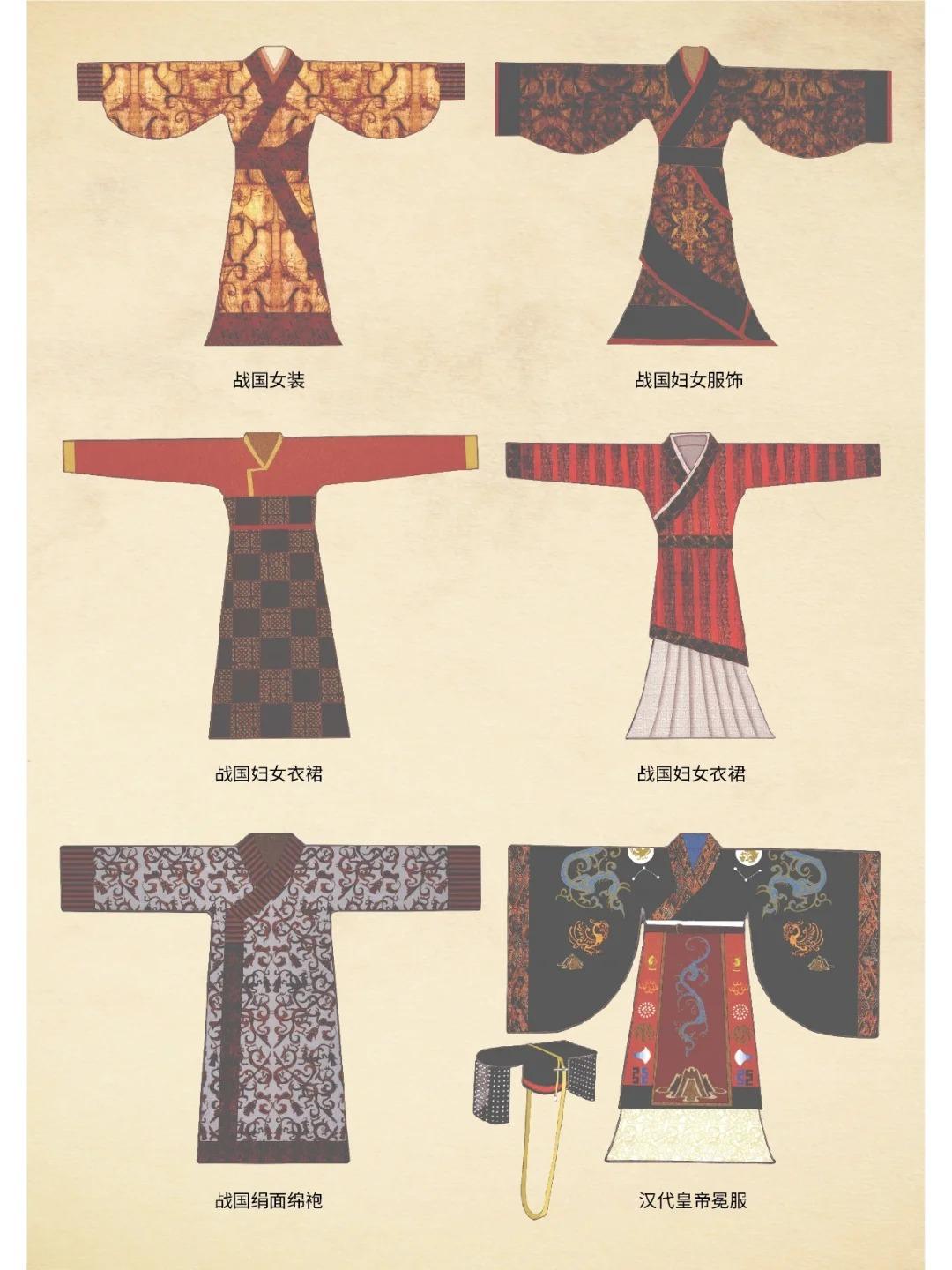
Evolution of Chinese Dress Through Dynasties
| Dynasty | Period | Key Dress Features |
|---|---|---|
| Han | 206 BCE – 220 CE | Establishment of basic dress codes, shenyi (deep robe) |
| Tang | 618 – 907 CE | Colorful, diverse styles influenced by the Silk Road |
| Ming | 1368 – 1644 CE | Revival of Han styles, development of official dress |
| Qing | 1644 – 1912 CE | Introduction of Manchu styles, origin of the qipao |
The Han Dynasty established the foundation of Chinese dress codes, while the Tang Dynasty saw an explosion of styles and colors. The Ming Dynasty revived many Han styles, and the Qing Dynasty introduced Manchu elements that would evolve into iconic pieces like the qipao.
Symbolism and Design Elements
Colors in Chinese dress carry deep symbolic meanings:
- Red: Happiness and good fortune
- Yellow: Imperial power, often reserved for the emperor
- Blue: Immortality and advancement
Patterns and motifs are equally significant. Dragons symbolize imperial power, phoenixes represent feminine grace, and various flowers denote different virtues.
Fabric choices range from humble hemp for commoners to luxurious silks for the nobility. Embroidery techniques, such as Suzhou embroidery, add intricate details and cultural narratives to garments.
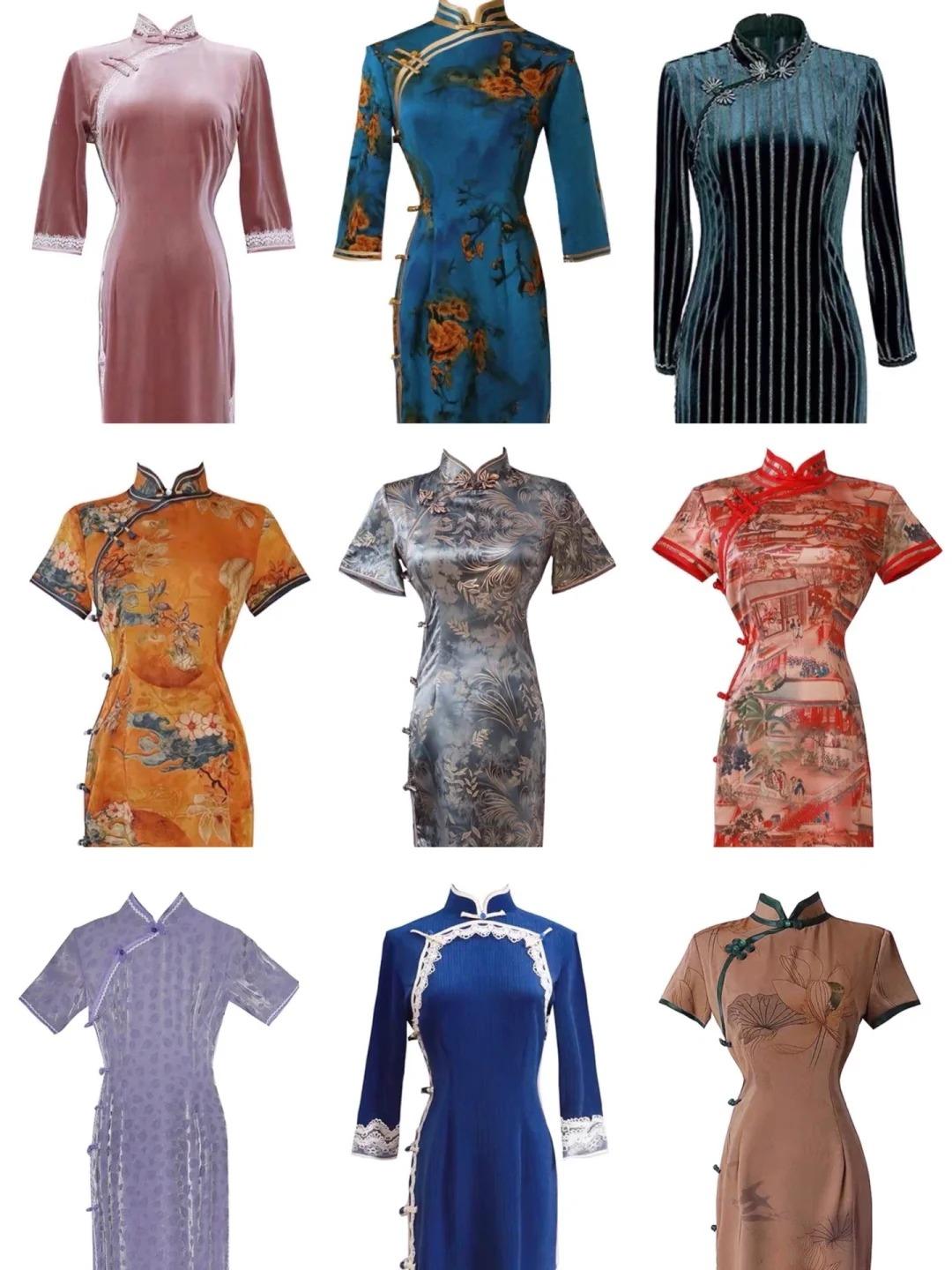
Traditional Chinese Dress in Modern Times
Recent years have seen a revival of interest in traditional Chinese dress. Young people are embracing hanfu and other historical styles, not just for special occasions but in everyday life.
This resurgence has influenced global fashion, with designers incorporating elements of traditional Chinese dress into modern collections. Fusion styles that blend traditional silhouettes with contemporary fabrics and cuts are becoming increasingly popular.
Traditional dress continues to play a crucial role in ceremonies and festivals, connecting modern Chinese to their cultural roots.
Cultural Significance and Etiquette
Wearing traditional Chinese dress carries deep cultural significance. It’s not just about aesthetics, but about honoring a rich heritage and understanding one’s place in society.
Appropriate occasions for traditional dress include cultural festivals, weddings, and formal events. Each type of dress has its proper way of wearing – for instance, the right way to tie a hanfu sash or fasten a qipao.
For non-Chinese wearing traditional Chinese dress, it’s important to approach it with cultural sensitivity and respect, understanding the deeper meanings behind the garments.
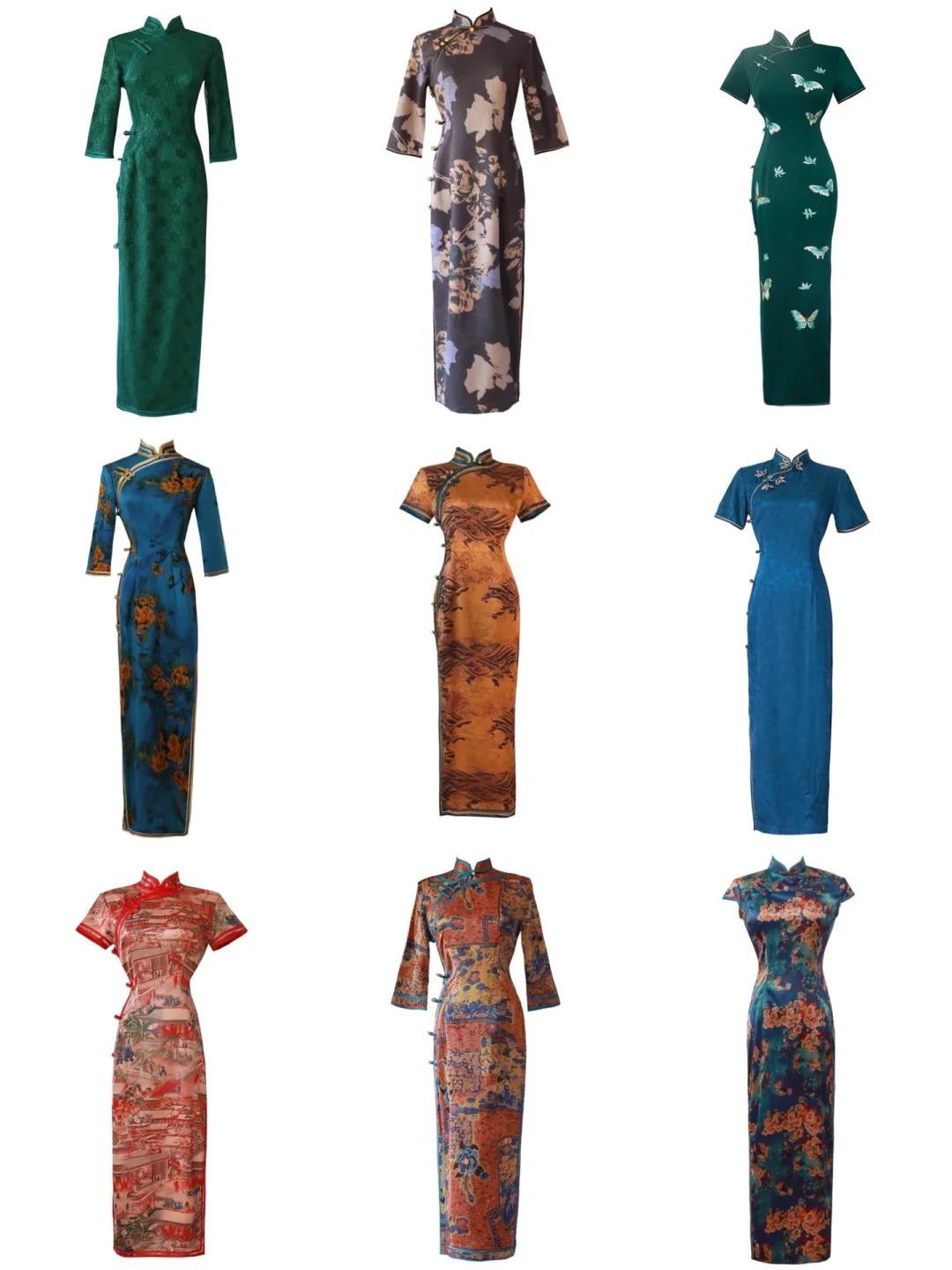
Experiencing Traditional Chinese Dress
To fully appreciate traditional Chinese dress:
- Visit museums like the China National Silk Museum in Hangzhou
- Attend cultural shows where traditional attire is showcased
- Try on traditional outfits at specialized studios in major cities
When shopping for Chinese dress, consider:
- Authenticity of designs and materials
- Quality of craftsmanship
- Appropriateness for intended use
Many tourist areas in China offer photography experiences where visitors can don elaborate traditional costumes, providing a fun and memorable way to engage with Chinese cultural heritage.
Traditional Chinese dress is more than just clothing; it’s a wearable art form that tells the story of a civilization. Whether admiring the intricate embroidery of a wedding hanfu or the sleek lines of a modern qipao, one can’t help but be awed by the millennia of history and culture woven into each garment. As China continues to blend its rich heritage with contemporary influences, its traditional dress remains a vibrant testament to the enduring beauty and adaptability of Chinese culture.


